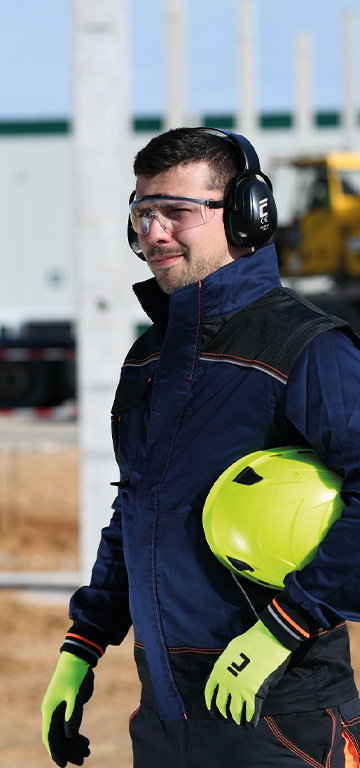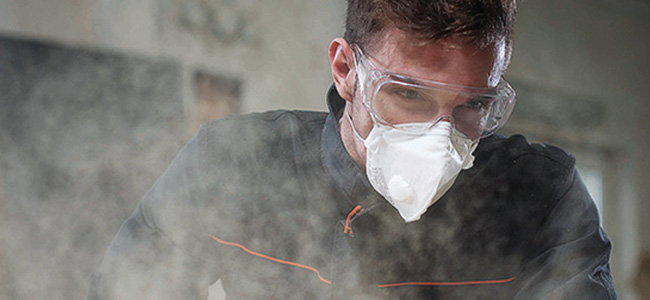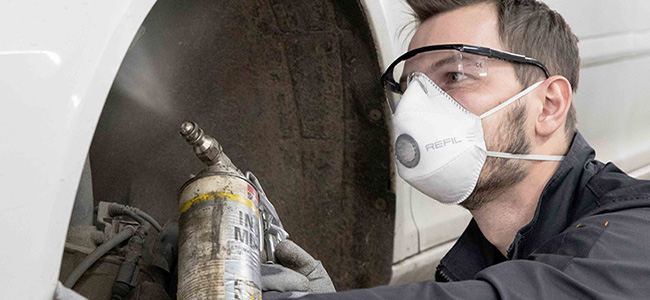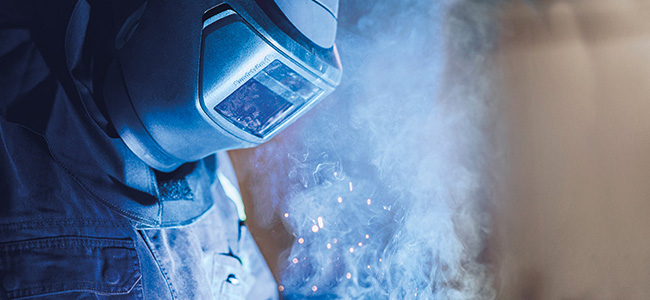
Safeguarding Your Vision at Work

Safeguarding Your Vision at Work
Our eyes, delicate and invaluable, deserve the utmost protection in the workplace. Neglecting eye safety can lead to irreversible consequences. This blog post aims to shed light on the importance of protective eyewear, the risks involved, and how to make informed choices to shield your vision effectively.
Why Protect Your Eyes?
Injuries to the eyes can occur in various settings, not just professional environments. From woodworking and cooking to gardening and cleaning, the potential for harm is ever-present. Small particles such as metal chips, sawdust, or dust are common culprits. Even seemingly minor injuries can have long-term repercussions. Fortunately, up to 90% of eye injuries can be prevented with the use of protective equipment, such as safety glasses or, in cases of facial injury risk, a protective shield.
Types of Hazards
Mechanical Hazards

Mechanical Hazards
Occurrences: Woodworking, metalworking, construction, demolition, and grinding activities.
Examples: Wood shavings, metal chips, sand, stone particles, coal fragments, flying grains, and molten metal splashes.
Chemical and Biological Hazards

Chemical and Biological Hazards
Chemical Hazards
Occurrences: Painting, varnishing, chemical spraying, welding, handling powdered materials, and masonry grinding.
Examples: Irritating gases, steam, liquid aerosols, fine dust, smoke, vapors, and gases generated during welding and soldering.
Biological Hazards
Occurrences: Healthcare settings, laboratories, or any environment where exposure to airborne microorganisms, blood, viruses, fungi, spores, or toxins is possible.
Optical Radiation Hazards

Optical Radiation Hazards
Occurrences: Computer work, laboratory tasks involving lasers, and outdoor activities.
Examples: Glare with visible light, infrared (IR), ultraviolet (UV), and laser radiation.
Thermal Hazards

Thermal Hazards
Occurrences: Industrial environments (heating plants, incinerators, ironworks, foundries, glassworks) and welding operations.
Examples: Exposure to excessively high temperatures and direct contact with hot materials.
Employer Responsibility
According to European Commission Directive 165:2005, employers must provide appropriate protective equipment when employees face potential danger.
Choosing Quality Goggles
While the allure of a budget-friendly purchase from a Chinese online shop may be tempting, investing in certified safety glasses is crucial. Certified glasses meeting the EN 166 standard provide assurance of comfort and safety during specific production activities. Look for the standard number on the glasses or ask the supplier for the relevant certificate.
Characteristics of Protective Goggles
Safety glasses consist of a lens that is set in a frame with temples. Safety glasses can also be equipped with side covers. Lenses are either clear or may have filtering properties to protect against optical radiation. Others, on the other hand, have brightening yellow or orange lenses, which are suitable for environments with poorer light conditions. They are made of minerals (glass), organic materials (polycarbonate, acetate and others), or they can be composed of several layers. Some glasses are closed, so they cover the entire eye area and fit tightly to the face. They are often equipped with a ventilation system for greater comfort during long-term wear. Safety glasses must always fit you well and there must not be a large space between the eye and the lens. Choose the lens tint according to the activity and environment.
Standards Guide
Key standards like EN 166 guarantee resistance against everyday risks, but there are other standards that help you choose the protective eyewear suiting your needs.
| EN 166 | Guarantees: Minimum resistance against everyday risks, including accidental dropping, aging due to light, heat, or corrosion resistance. |
| EN 169 | Regulates: Degree of protection and transmission factor requirements for filters used in welding, brazing, electric arc gouging, and plasma cutting. |
| EN 170 | Specifies: Light transmission factor requirements and degrees of protection for filters designed to protect against ultraviolet radiation. |
| EN 172 | Covers: Personal eye protection products with sun filters for professional use. |
| EN 175 | Addresses: Means for eye and face protection during welding and related procedures. |
| EN 1731 | Specifies: Requirements for mesh products providing eye and face protection. |
| EN 379 | Ensures: Standards for automatic welding filters. |
Safety Glasses and Vision Correction

Safety Glasses and Vision Correction
For those with prescription glasses, relying solely on them may not provide sufficient protection. Explore options like lenses with both protective and corrective properties, glasses with insertable dioptric lenses, or wearing goggles over prescription glasses. Contact lenses can also be a viable option for unrestricted eyewear choices.